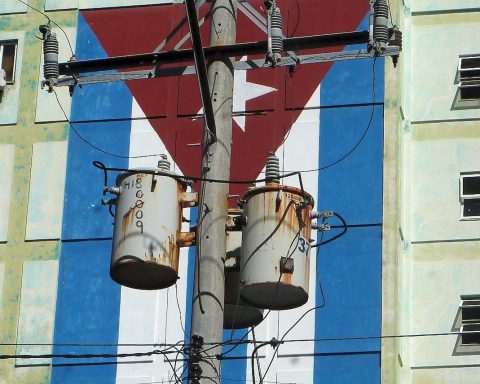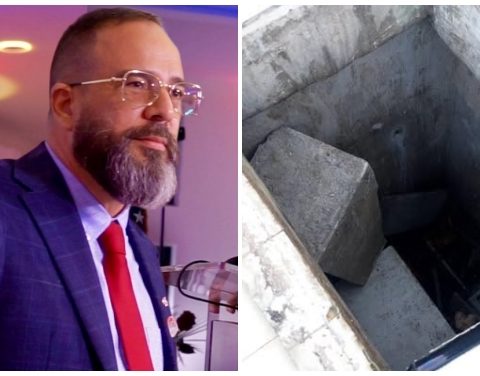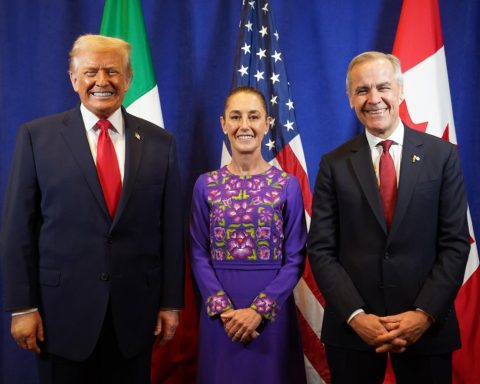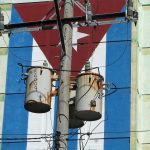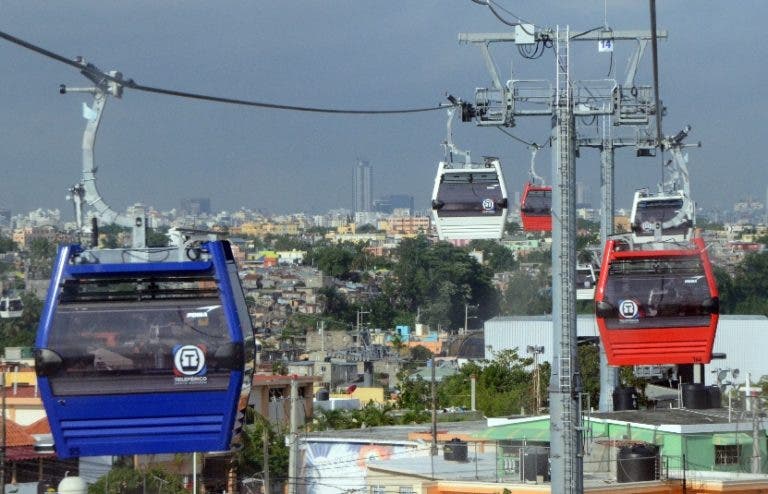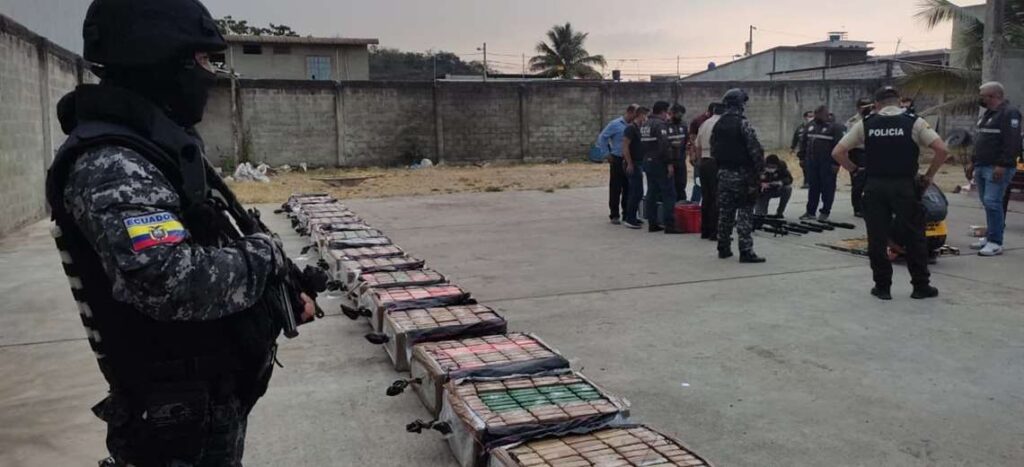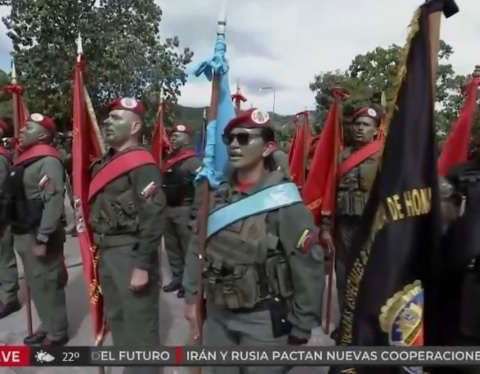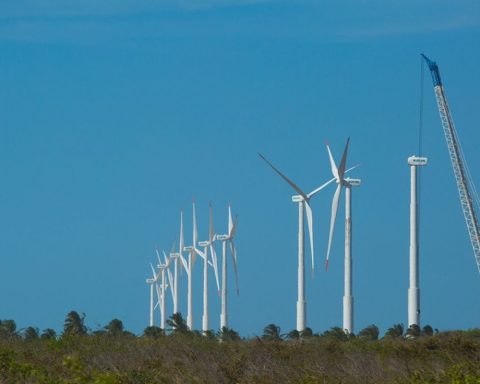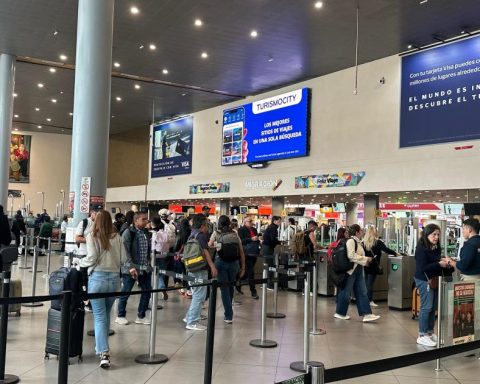Imagine waking up one day and there is no color. imagine going out to the streets of Havana and become aware of the reign of gray tones, of the existence of a completely faded city, devoid of pigments and blue, red, yellow, green tones…
It would be, to say the least, dramatic to live in such a circumstance of seeing life in black and white. Of course we are talking about a dystopian scenario, but there are not a few who from time to time prefer to enjoy black and white, almost always from an artistic point of view.
Sometimes the human being needs simplicity, the simple and mundane to disconnect from the overwhelming world in which we live; even more than one person has taken the path of simplicity as a lifestyle, in contrast to the hectic environment that often surrounds today’s society.
Also, we need the simple to be able to better understand phenomena and daily situations, to give “another color” to what surrounds us, because life sometimes appears to us in grayscale and it is necessary to accept it, learn to live with those moments and put a “good face in bad weather”.
The exercise of seeing what surrounds us in black and white could even be relaxing. Imagine a minimalist and peaceful Havana, full of details for those who know how to observe from another prism.
Gray is a color present in the architecture of the Cuban capital, from the wall of the Havana Malecón to the stones of the centuries-old buildings of the Havana Historic Center, passing through the ruined columns of various areas that have been mistreated by the passage of time, as if we were living in a bygone era, in a movie from the first half of the last century, but without the splendor that surrounded certain areas of the city.
powder and stone, two elements that we frequently find in this city where the weather does its thing and gives it a certain nostalgic breath on cloudy days, reinforcing the mystique that surrounds it when the sky fills with clouds and dulls the clarity of the sun. Then the gray stands out over the “city of columns”, as the writer Alejo Carpentier called it.
At that moment poetry takes over Havana, because in absence and sadness there is too much palpable poetry for a sensitive soul to capture the aura of this city trapped in time; Hence, not a few point out that the Villa de San Cristóbal is photogenic and insist on perpetuating in images the centennial capital of all Cubans.

